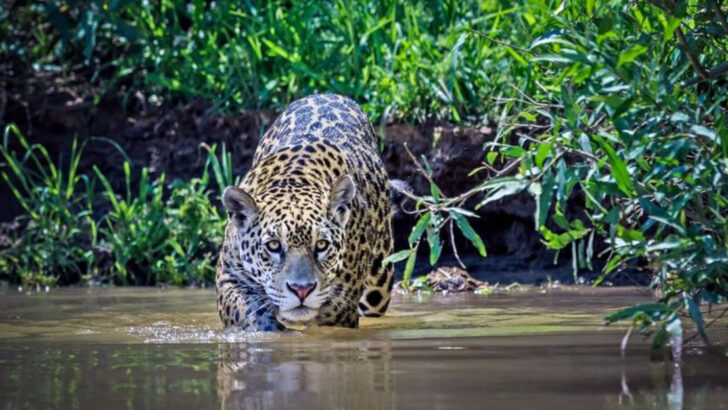Jaguars are catching fish—and flipping everything we thought we knew about big cats. These stealthy predators aren’t just stalking jungle trails anymore. In the wetlands of Brazil, they’re diving into rivers, swimming with ease, and pulling catfish straight from the water like furry, four-legged fishermen. Even stranger? They’re doing it together. Cameras have caught jaguars hanging out, sharing territory, and even hunting side by side—behavior no one expected from these famously solitary cats. The jungle’s most elusive killer just added “angler” to its résumé—and the wild may never look the same again.
Fishing Jaguars of Pantanal (Brazil)
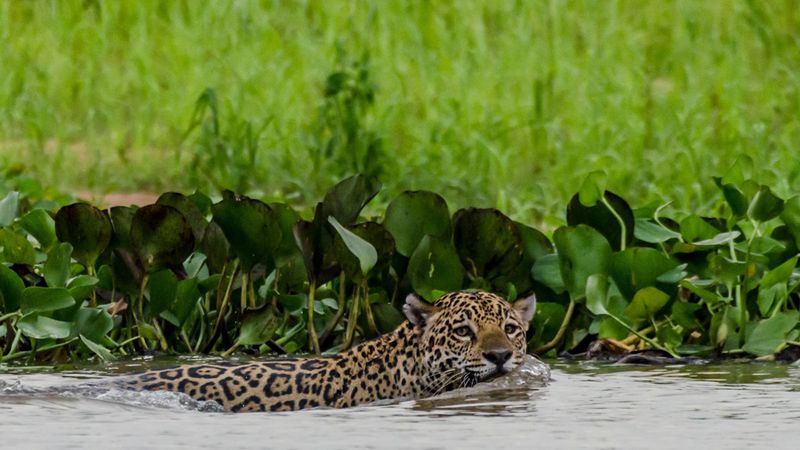
In Brazil’s Pantanal, jaguars have taken a dive—into the world of fishing. These big cats, known for stalking terrestrial prey, are now submerged in rivers hunting catfish and piranhas. A study revealed their diet consists of 55% reptiles and 46% fish. Interestingly, only 11% of their diet comes from mammals. This marks the most aquatic diet recorded for any big cat, challenging long-held beliefs about their feeding habits. The Pantanal jaguars are adapting impressively, a testament to their evolutionary prowess and adaptability in changing environments.
Un-jaguarlike Social Behavior
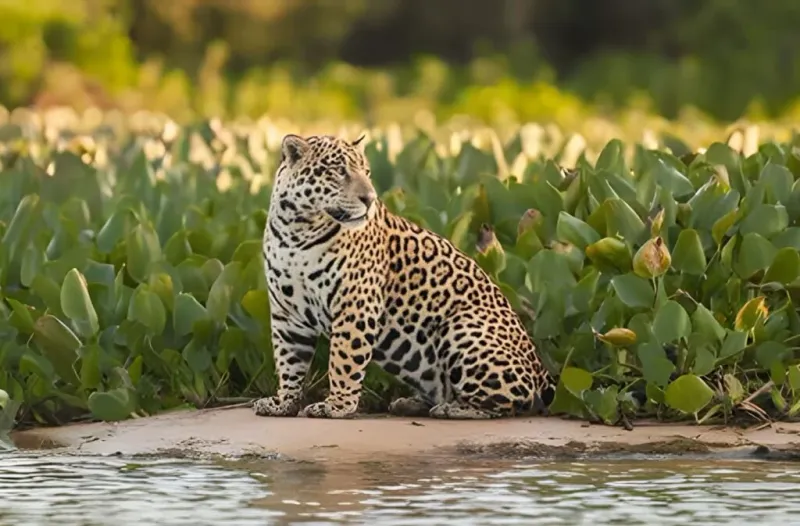
Jaguars of the Pantanal are rewriting the social script. Living in densities of 12.4 individuals per 100 km², they are not your typical solitary big cats. With abundant food sources, these jaguars are less territorial and more social. Cameras caught them playing, sometimes fishing together, and even forming bonds between same-sex males. This newfound camaraderie is a stark contrast to their reputation as solitary hunters and suggests a complex social structure influenced by their rich environment. Observing these behaviors offers fresh insights into jaguar social dynamics.
Aquatic Prowess
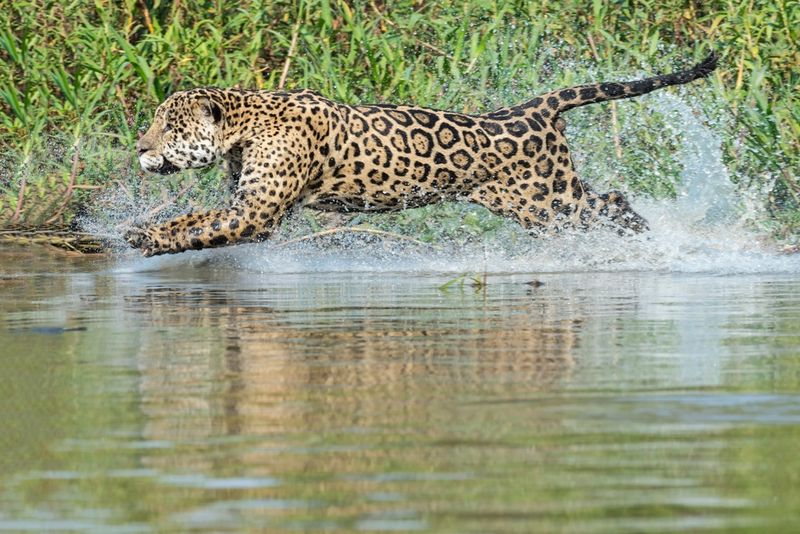
With unexpected aquatic prowess, jaguars are taking to the water with ease. These cats, often perceived as land hunters, are now diving into rivers and tackling aquatic prey. They’ve been witnessed ambushing caimans, turtles, and even river dolphins—prey usually elusive for cats. Their ability to swim long distances and hunt underwater showcases a remarkable adaptation. This behavior not only highlights their physical strength but also shifts the perception of what jaguars are capable of, redefining them as versatile predators in multiple habitats.
Killing Power Unleashed
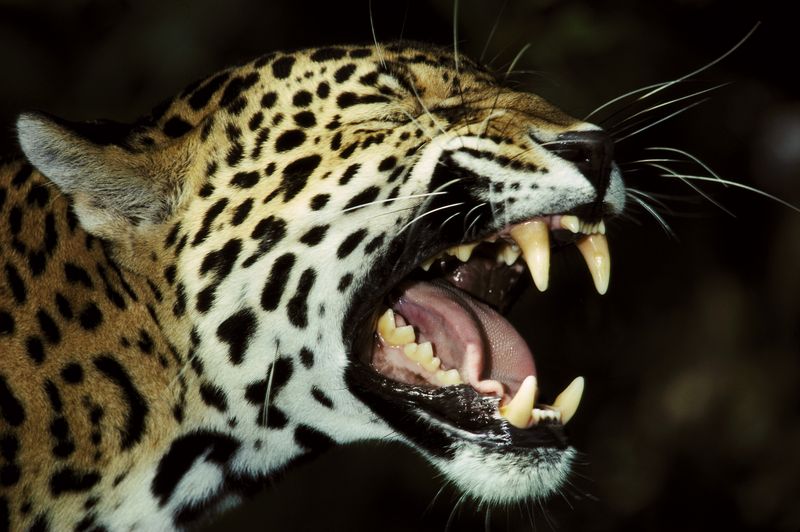
Armed with the strongest bite force among big cats, jaguars are nature’s bone crushers. They’ve mastered the art of hunting with precision. When tackling a caiman, they leap onto its back, severing the spine with a single bite. This technique highlights their physical prowess and strategic hunting skills. Their ability to pierce turtle shells and crack skulls sets them apart as formidable predators. This raw power, paired with their newfound aquatic skills, makes them one of the most adaptable and lethal hunters in the animal kingdom.
Ecosystem Architects
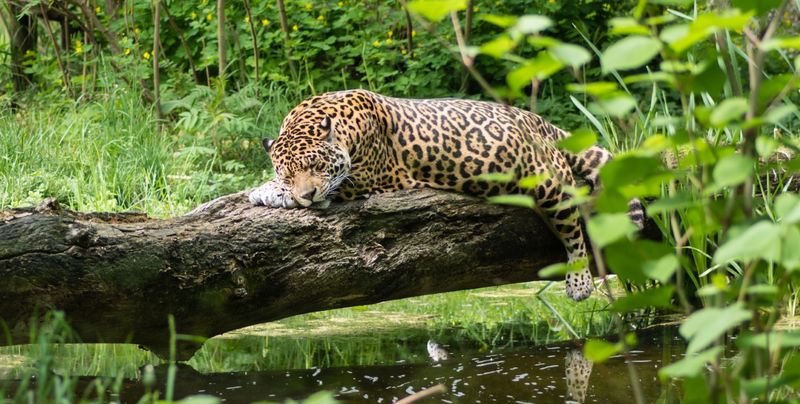
Jaguars are more than just hunters; they’re ecosystem architects. By adapting their diet to include aquatic prey, they play a crucial role in maintaining ecological balance. They help control caiman populations, which in turn affects fish dynamics, supporting healthier prey communities. Their presence shapes the ecosystem, demonstrating the interconnectedness of species and environments. This role as apex predators underscores the importance of their conservation, as they directly influence the health and stability of their habitats, proving vital to biodiversity.
Cultural Icons and Conservation Ambassadors
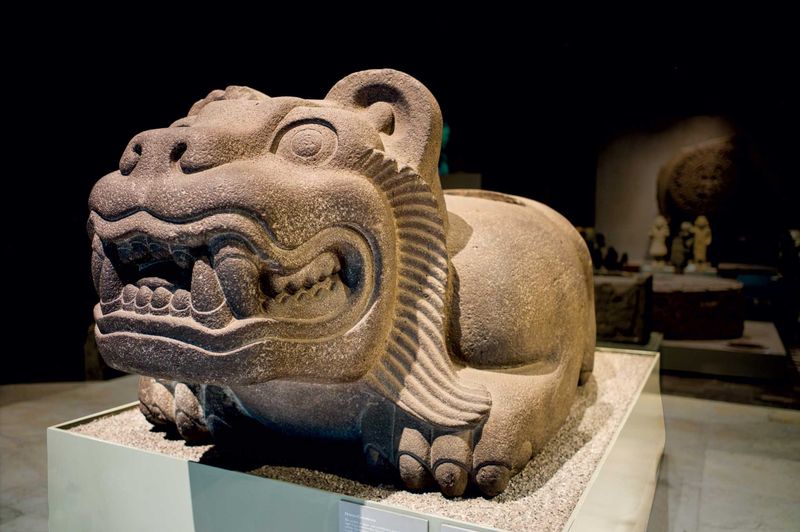
In many cultures, jaguars are revered as symbols of power and mystery. Their role extends beyond the wild, impacting human cultures by inspiring myths and art. As conservation ambassadors, they draw attention to the preservation of biodiversity. Efforts to protect jaguar habitats not only safeguard these majestic cats but also conserve the ecosystems they inhabit. Their cultural significance and conservation status make them key figures in environmental discussions, highlighting the need for concerted efforts to ensure their survival for future generations.
Future Challenges and Conservation Efforts
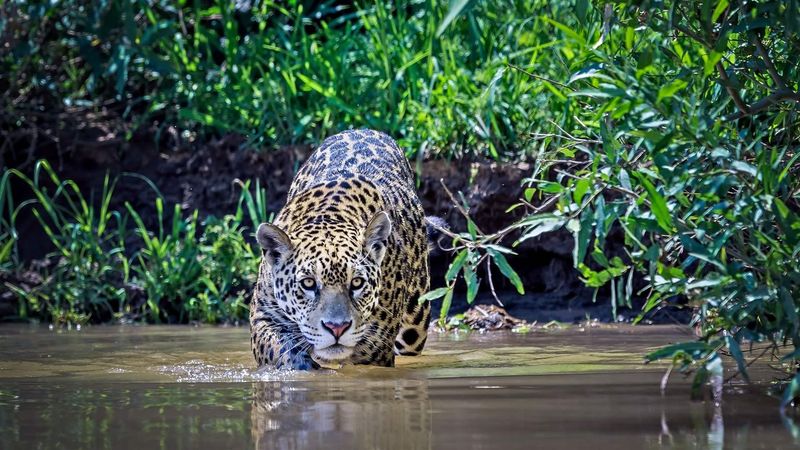
As jaguars adapt to new ecological roles, they face future challenges that require innovative conservation strategies. Habitat loss, human-wildlife conflict, and climate change threaten their survival. However, ongoing efforts aim to address these issues by focusing on habitat preservation and community involvement. Conservationists emphasize the importance of sustainable practices to ensure jaguar populations thrive. By raising awareness and fostering coexistence, we can support these magnificent creatures in overcoming obstacles and preserving their role as apex predators in diverse ecosystems.

